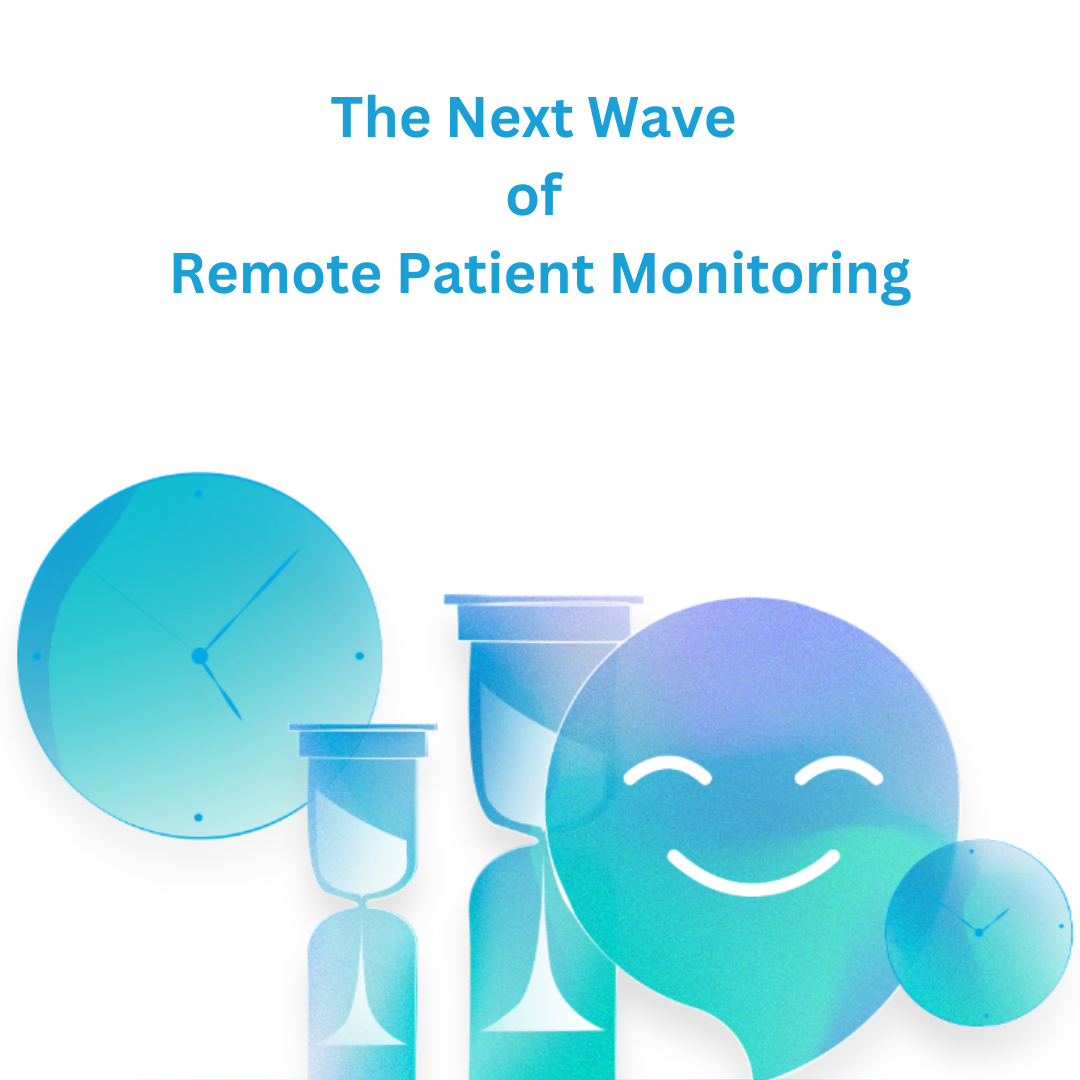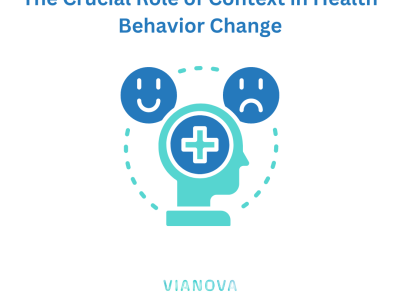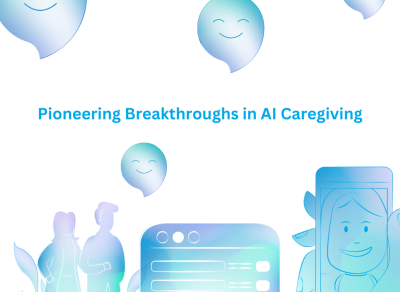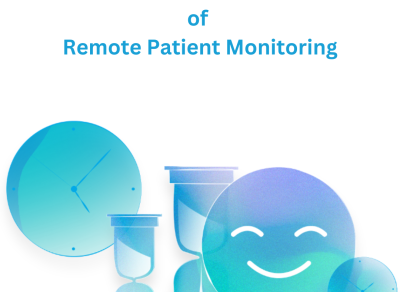
Get Ready for Takeoff: The Next Wave of Remote Patient Monitoring
In the ever-evolving landscape of healthcare, remote patient monitoring (RPM) stands out as a transformative technology, enabling providers to offer continuous care and oversight to patients outside the traditional clinical settings. At Vianova, we are committed to keeping our clients and leads at the forefront of these innovations, ensuring they maximize the potential of RPM in their practices. Today, let’s delve into the current billing codes for RPM services and explore the proposed changes that could reshape the future of patient monitoring.
Understanding Current RPM Billing Codes
RPM services are primarily billed under four Current Procedural Terminology (CPT) codes, categorized into device monitoring and management service codes:
1. Device Monitoring Codes:
– CPT 99453: Covers the initial setup and patient enrollment in RPM. This code can be billed only once per patient.
– CPT 99454: Billed monthly, this code involves the monitoring and evaluation of patient data transmitted from the connected device. It requires at least 16 days of device readings within a 30-day period.
2. Management Service Codes:
– CPT 99457: For 20 minutes of clinical staff time spent on care management services related to patient readings and their treatment plan.
– CPT 99458: Covers each additional 20 minutes of RPM care management time, with the possibility of billing for a second 99458 at 60 minutes.
These codes have been instrumental in standardizing RPM billing and ensuring providers are reimbursed for their critical remote care services.
Proposed Changes: Enhancing Flexibility and Adoption
Significant changes to RPM coding are on the agenda for the American Medical Association’s (AMA) CPT Editorial Panel meeting in May. These changes promise to expand and improve RPM services. Here’s a summary of the key proposed modifications:
1. New Code for Limited Data Collection:
– A new code would cover periods where fewer than 16 but at least two days of data are collected and transmitted. This would allow providers to bill for RPM in months where patients might not meet the 16-day threshold.
2. Revised Time Requirements for Management Codes:
– CPT 99457: The threshold for care management time would be reduced to 11-20 minutes, allowing providers to bill for shorter durations of care management.
– CPT 99458: Would be adjusted to cover each additional 10 minutes of interactive communication, rather than the current 20-minute requirement.
The Rationale and Impact of Proposed Changes
The driving force behind these proposed changes is the need to balance comprehensive monitoring with practical implementation. As RPM programs have proven their value in improving patient outcomes and reducing healthcare costs, there’s a growing consensus that the existing codes might be too restrictive.
These adjustments are designed to:
– Encourage broader adoption of RPM by lowering barriers for both patients and providers.
– Enable more flexible and tailored RPM programs that can operate effectively even with fewer data points.
– Ensure providers are adequately compensated for their time and services, fostering the growth of RPM programs.
What This Means for Providers
If the proposed changes are approved, providers will have greater flexibility in managing and billing for RPM services. This expansion could significantly increase the scope of RPM programs, enabling better management of various conditions and reducing unnecessary in-person visits.
At Vianova, we are committed to supporting our clients through these changes. We’ll ensure that our RPM software and services are up-to-date with the latest coding standards, helping you maintain compliance and optimize your billing processes.
Looking Ahead: The Future of RPM
The potential expansion of RPM codes signals a positive shift towards recognizing the value of remote care. As we face growing clinical staff shortages and strive to reduce health disparities, particularly in rural areas, these changes could be pivotal. RPM is not just about technology; it’s about enhancing patient care and accessibility.
At Vianova, we’ll continue to provide insights and support to help you navigate these exciting developments in RPM.
For more information on how Vianova can help you implement and scale your RPM programs, contact us today. Together, we can embrace the future of healthcare, ensuring better outcomes for your patients and practice.



FEEL FREE TO DROP US A LINE.